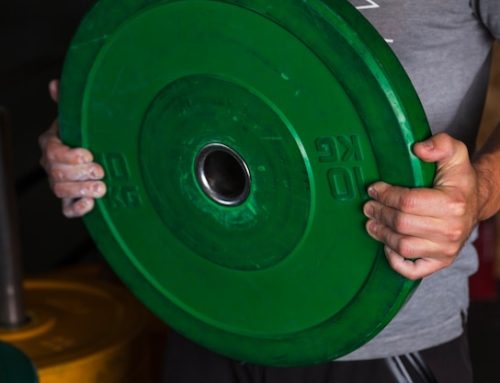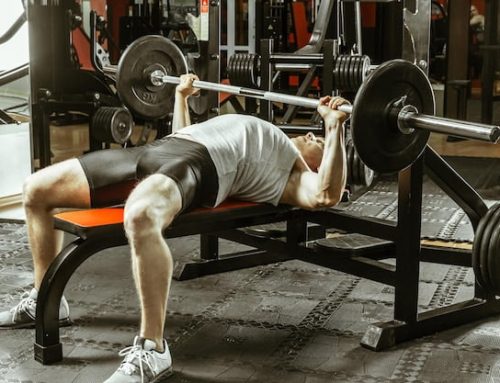Introduction
Many people start weightlifting with the aim of getting ripped. However, the question that arises in their minds is how long it realistically takes to achieve their goal. The answer to this question is not straightforward, as it varies depending on several factors, including your starting point, workout intensity, nutrition, and genetics.
The role of High-rep weightlifting
High-rep weightlifting involves performing several repetitions of an exercise with a relatively lighter weight. The aim of this training method is to work on muscle endurance, rather than strength or size. This type of weightlifting can be beneficial in your quest to get ripped, as it can help burn calories, promote muscle growth, and enhance muscle definition.
How much time do you need to get ripped?
There is no one-size-fits-all answer to this question, as the time required to get ripped varies from one individual to another. However, a rough estimate would be 3-6 months of consistent training, nutrition, and recovery. If you have never lifted weights before, you might need more time to build a solid foundation of strength and muscle mass.
Factors that affect your progress
As mentioned earlier, several factors influence your progress in getting ripped. Some of the critical ones include:
Starting point
Your starting point refers to your current physique, fitness level, and body composition. If you have a higher percentage of body fat, it might take you longer to achieve a ripped physique. Conversely, if you already have a decent amount of muscle mass, you might see results faster.
Workout intensity
The intensity of your workout determines the amount of stimulus your muscles receive. If you lift weights using a high-intensity approach, you will provoke more muscle growth and fat burning than if you trained with lower intensity. Therefore, you need to challenge your muscles consistently to see results.
Nutrition
Nutrition plays a vital role in fueling your body for workouts, repairing muscle fibers, and promoting muscle growth. If you want to get ripped, you need to eat a balanced diet that provides enough protein, carbs, and healthy fats. You also need to create a calorie deficit if you want to lose fat.
Recovery
Recovery refers to the time your muscles need to repair and grow after a workout. If you don’t allow enough time for recovery, you risk overtraining and injury. Therefore, you need to take rest days, sleep well, and do active recovery exercises to aid your muscles’ recovery process.
Sample High-rep weightlifting workout
To get ripped, you need to incorporate High-rep weightlifting into your routine, along with a variety of exercises that target all major muscle groups. Here is a sample High-rep workout that you can try:
| Exercise | Sets | Reps | Rest |
|---|---|---|---|
| Squats | 3 | 15 | 60 seconds |
| Bench press | 3 | 15 | 60 seconds |
| Deadlifts | 3 | 15 | 60 seconds |
| Shoulder press | 3 | 15 | 60 seconds |
| Bicep curls | 3 | 15 | 60 seconds |
| Tricep extensions | 3 | 15 | 60 seconds |
Conclusion
Getting ripped requires effort, commitment, and consistency. It is not a walk in the park, but it is achievable if you are willing to put in the work. Remember, the time it takes to get ripped depends on several factors, including your starting point, workout intensity, nutrition, and recovery. Therefore, focus on these aspects to optimize your results. Incorporating High-rep weightlifting can be a useful tool, but it is not the only solution. Invest in your training, nutrition, and recovery, and you will see your body transform over time.






